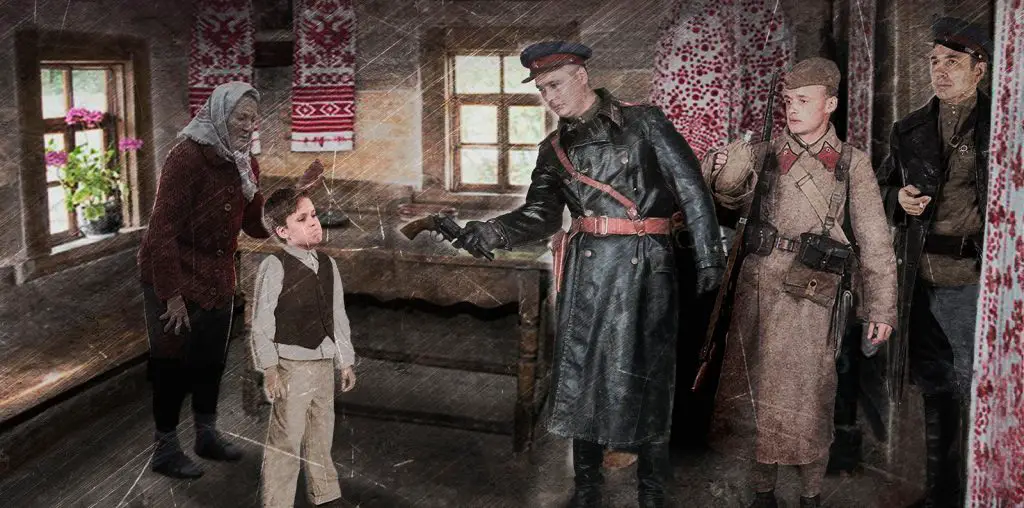
I’m a shades of gray kind of guy, someone who simply can’t view the world in black-and-white. I guess the desire to see not just two sides of each story but all sides of it comes from having a creative writing streak. If you’re like me, “Persepolis” will enthrall you. If you’re not, I hope you’ll give this movie a chance anyway and perhaps see the world from a new perspective.
“Persepolis” is the semi-autobiographical story of Marjane Satrapi, who was a little girl when the Shah was overthrown in Iran. Like many of us in the West, she believed the Shah was a good guy. Then she found out how he had mistreated some of her extended family members, and she became a fervent believer in the Islamic Revolution. But after seeing how the Ayatollah’s thugs terrorized the populace, and learning that some of her anti-Shah family members had been mistreated once again by the new power, she was forced on a path of self-discovery.
Sometimes revolutions don’t leave people better off than they were before, and sadly the Iranians learned that fact the hard way during the 1980s. Satrapi’s story is a heartbreaking one, especially as we follow her in Europe after she gets an opportunity to leave Iran for a while. After many trials and tribulations, she returns to her home country, but the situation there is even worse. It’s a sad story that informs the current situation in the Middle East. We see that these are people who simply want a better life, if only they can finally learn the lessons of their past.
Luckily, Satrapi’s life took a turn for the better, and she eventually chronicled her story in a series of comic books that were adapted for this film. Rather than go the “Sin City” route, where shots were lifted whole from the panels, she and co-director Vincent Paronnaud treated it as a story adaptation, with the ability visualize the tale in a new way, as she explains during the 29-minute Cannes Film Festival question-and-answer session that’s one of several extras on this disc.
The DVD also includes the 30-minute “The Hidden Side of ‘Persepolis,'” which delves into how the comic book originally came about and how Satrapi set out to adapt it to film, and the 8.5-minute “Behind the Scenes of ‘Persepolis,'” which gets up close and personal with the voice talent and animators. You hear the film in French or English; the latter includes Sean Penn, Iggy Pop, Gena Rowlands, Catherine Deneuve, and Chiari Mastroianni, with Deneuve and Mastroianni reprising their roles from the French track.
Finally, we have three scenes from the movie, each with commentary by a different person (Satrapi, Paronnaud, and Mastroianni, who played the title role), and 11 minutes of storyboard-to-film comparisons with commentary by Satrapi. That last one is interesting because it includes some storyboards that were ultimately cut from the story. While Satrapi does a nice job of explaining why changes were made, I would have liked to learn more about her real experiences and how they match up with the film. I realize some of it is hard for her to discuss, which is understandable, but it would be nice to get closer to her background and how it fits within the context of Iran’s upheaval during that era. Ultimately, we get a tease along the lines of “This is based on my experiences but things were changed so we could tell a good story.”
That’s not a knock against this DVD, however. It offers an illuminating look at the making of the film, and it’s a worthwhile purchase for anyone who enjoyed it. Hopefully someday we’ll learn more about Satrapi’s extraordinary experiences.
